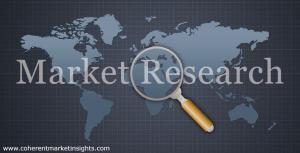
Eclipses are more accessible than you might think. New technologies, projects, and resources aim to make this year’s eclipse more inclusive, helping as many people as possible experience this extraordinary cosmic event. Learn more about how people with blindness or low vision can experience and enjoy the upcoming solar eclipse. Pictured: A still from a NASA video about its Getting a Feel for Eclipses braille book, which explains how eclipses work and uses tactile graphics to show the alignment of the Sun, Moon, and Earth. Image credit: NASA.
Planet X and Planet Nine: not science fiction, science hypothesis! Planet X and Planet Nine are planets that have, at one time or another, been thought to exist in our Solar System. Find out why scientists think a ninth planet may be out there and how we’re looking for it.
Working together, NASA and ESA are greater than the sum of their parts. The two space agencies collaborate extensively to make extremely ambitious missions possible. From JWST to Mars Sample Return, together these complex organizations achieve things that neither could accomplish alone. Our latest article explains how ESA and NASA work together to expand the frontiers of discovery.
The Day of Action is just a few weeks away. With the next fiscal year looking bleak for NASA, it’s more important than ever to advocate for the importance of investing in space science and exploration. If you live in the United States, join us for our Day of Action in Washington, D.C, on April 28 and 29 to meet with your representatives in Congress to urge them to support NASA’s budget. Registration closes on April 15, so sign up today!
![]()
Originally published at https://www.einpresswire.com/article/701433271/space-see-it-hear-it-feel-it-predict-it



